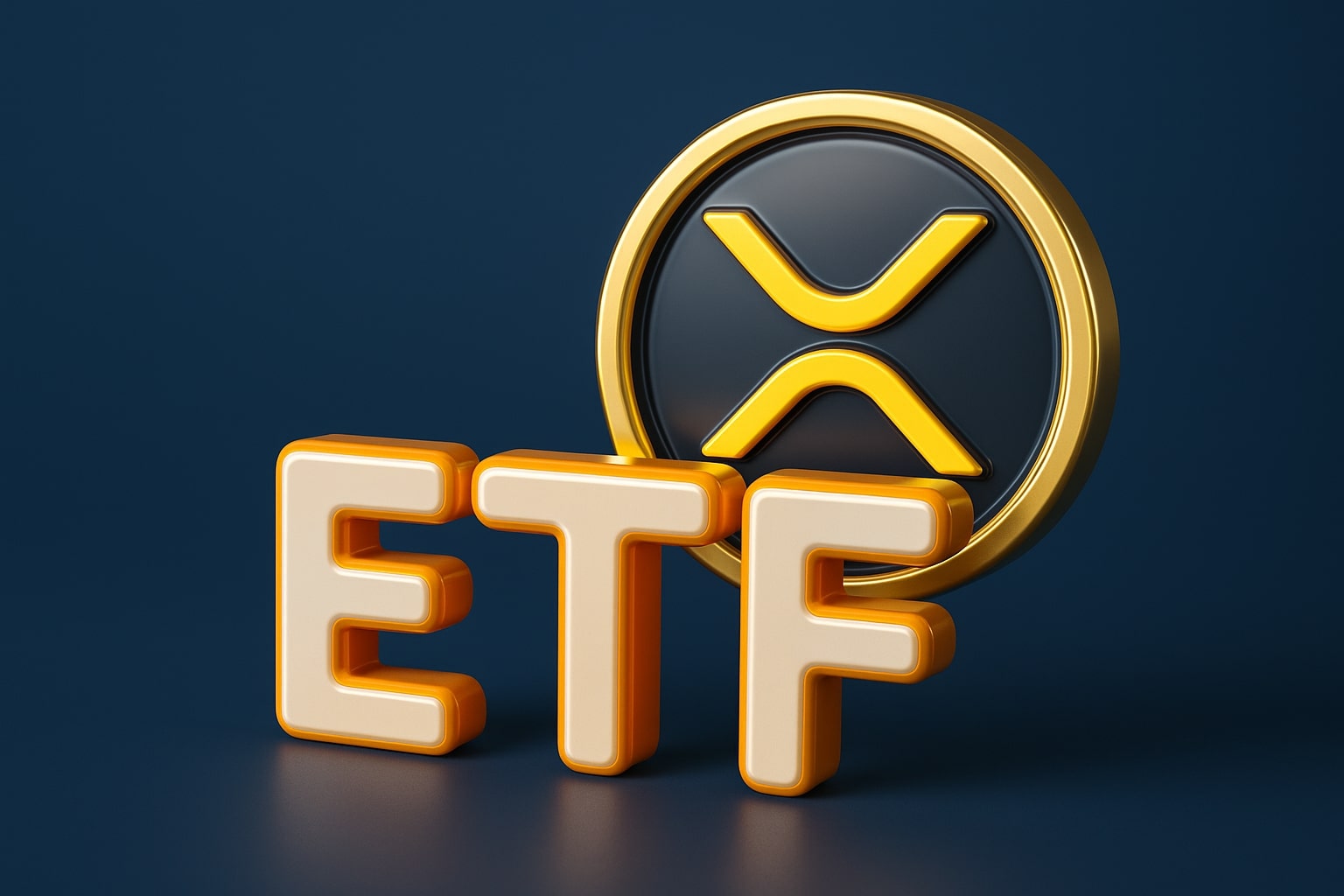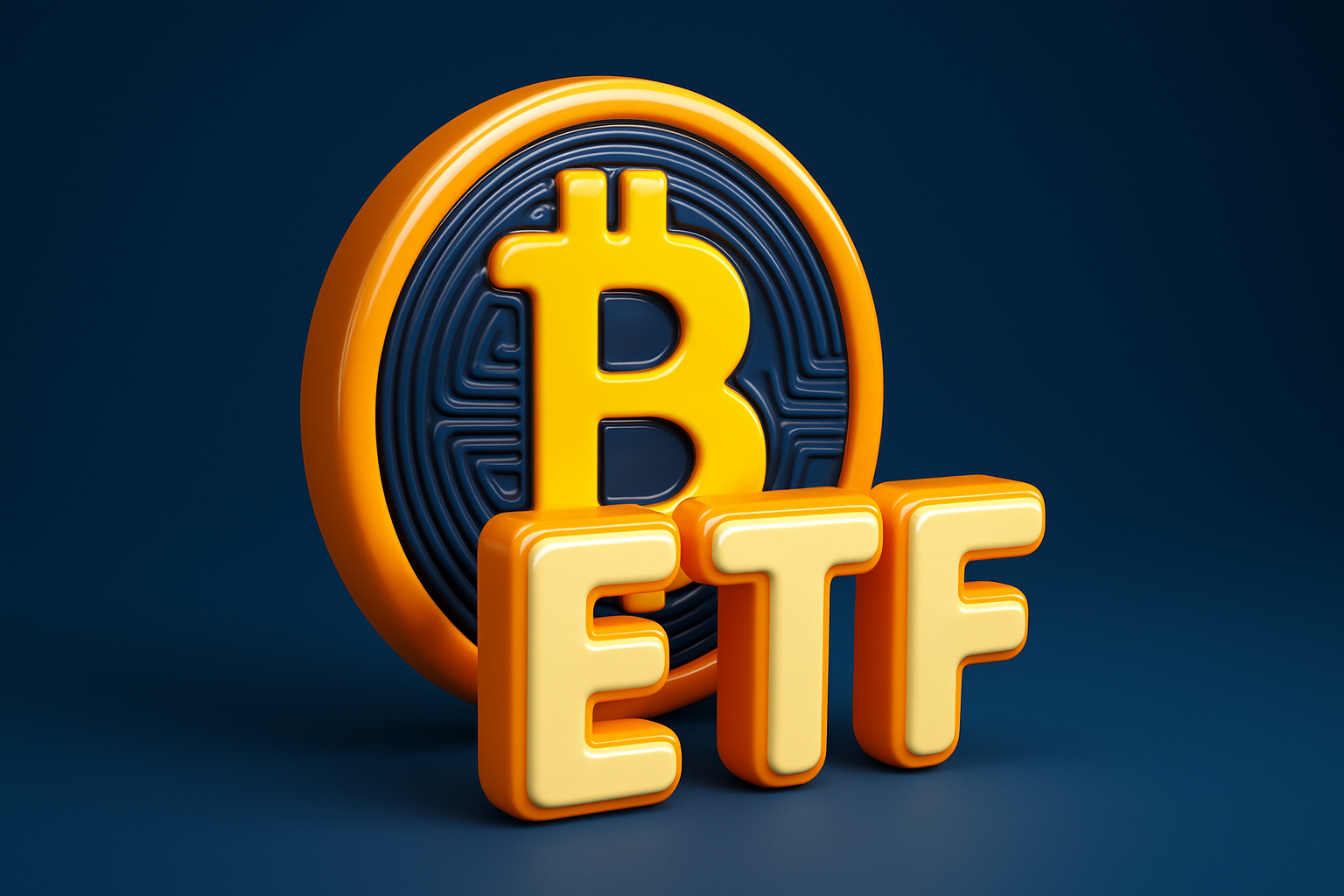
Ethereum Price Forecast - ETH-USD Rebounds Above $4,150 as ETF Inflows and Shrinking Supply
ETH climbs 4.2% in 24 hours amid $236M ETF inflows, 40% supply locked in staking and funds, and analysts projecting a surge toward $10,000 by early 2026 | that's TradingNEWS
Ethereum (ETH-USD) Rebounds Above $4,100 as ETF Inflows, Shrinking Supply, and Bullish Forecasts Ignite Renewed Momentum
Read More
-
FDVV ETF Surges 129% in 5 Years — Fidelity’s Dividend-Tech Hybrid Trades Near $55.46 with 3.10% Yield
06.11.2025 · TradingNEWS ArchiveStocks
-
Ripple’s XRP ETFs XRPI & XRPR Eye $25 as U.S. Approval Nears — Institutional Filings Ignite Massive Market Shift
06.11.2025 · TradingNEWS ArchiveCrypto
-
Natural Gas Price Forecast - NG=F Surges to $4.32 as U.S. LNG Exports Hit Record Levels and Storage Tightens
06.11.2025 · TradingNEWS ArchiveCommodities
-
USD/JPY Price Forecast - Yen Consolidates Around 153.60 as Range Breakout Setup Drive Market Focus
06.11.2025 · TradingNEWS ArchiveForex
DeFi Revival and Corporate Adoption Enhance Ethereum’s Use-Case Premium
Network fundamentals reinforce this bullish narrative. DeFi total value locked (TVL) has risen 9% month-over-month, with lending and stablecoin activity rebounding sharply. Projects like Mutuum Finance (MUTM)—currently in Phase 6 of presale with over $17.3 million raised—illustrate the renewed investor enthusiasm for Ethereum-based protocols. The platform’s upcoming lending and borrowing system on the Sepolia Testnet integrates collateralized pools using ETH, USDT, and mtTokens, signaling a new wave of on-chain utility that drives transaction demand and burns supply via gas fees.
At the sovereign level, the Kingdom of Bhutan’s decision to migrate its national ID infrastructure to the Ethereum blockchain adds credibility to its institutional utility narrative. Full migration is expected by Q1 2026, highlighting Ethereum’s role as the backbone of public-sector blockchain adoption.
Macroeconomic Forces and Fed Policy Bolster Ethereum’s Medium-Term Outlook
Federal Reserve Chair Jerome Powell’s dovish rhetoric in Philadelphia catalyzed a decline in U.S. yields, with the 10-year Treasury dropping to 4.02%, pressuring the U.S. Dollar Index below 99.00. Lower real rates historically favor digital assets, particularly those like Ethereum that benefit from risk-on liquidity. The CME FedWatch Tool now assigns a 99.6% probability of an October rate cut, with an additional cut expected in December. The combination of easier monetary policy and record ETF inflows could reinforce Ethereum’s structural bid into Q4 2025.
Technical Outlook: Key Levels and Price Scenarios for ETH-USD
Ethereum currently trades near $4,120–$4,150, with short-term resistance at $4,250, $4,360, and $4,561—the Super Trend dynamic resistance zone. A daily close above $4,360 would invalidate lingering bearish setups and expose $4,700 as the next target, while sustained acceptance above $4,561 opens the path to the $5,000 psychological mark. On the downside, initial support remains at $3,954, followed by $3,626 and $3,215 if selling pressure resumes.
Market Structure Points to a Supply-Squeeze-Driven Rally
Analyst Crypto Gucci highlighted that Ethereum is entering its first cycle where three liquidity-draining forces—staking, ETF custody, and corporate treasuries—operate simultaneously. With total circulating liquidity now below 60% of supply, any incremental demand from ETFs or institutional buyers can trigger rapid upward repricing. This environment explains why Ethereum has outperformed other altcoins during recent pullbacks, maintaining a stronger structure than peers like Solana (SOL-USD) or Cardano (ADA-USD).
Verdict: Ethereum (ETH-USD) Retains Bullish Bias With $10,000 in Sight
Ethereum’s rebound above $4,100 is more than a technical bounce—it reflects deep structural tightening of supply, accelerating institutional inflows, and macro conditions favoring digital risk assets. With ETF assets surpassing $28 billion, 40% of total ETH locked away, and analysts like Tom Lee and Arthur Hayes projecting $10,000 by year-end, the balance of evidence supports further upside.
Verdict: Ethereum (ETH-USD) — Buy on dips between $4,000 and $4,100, targeting $4,450 short-term, $5,000 medium-term, and $8,000–$10,000 by early 2026 as institutional accumulation meets record-low supply.

















